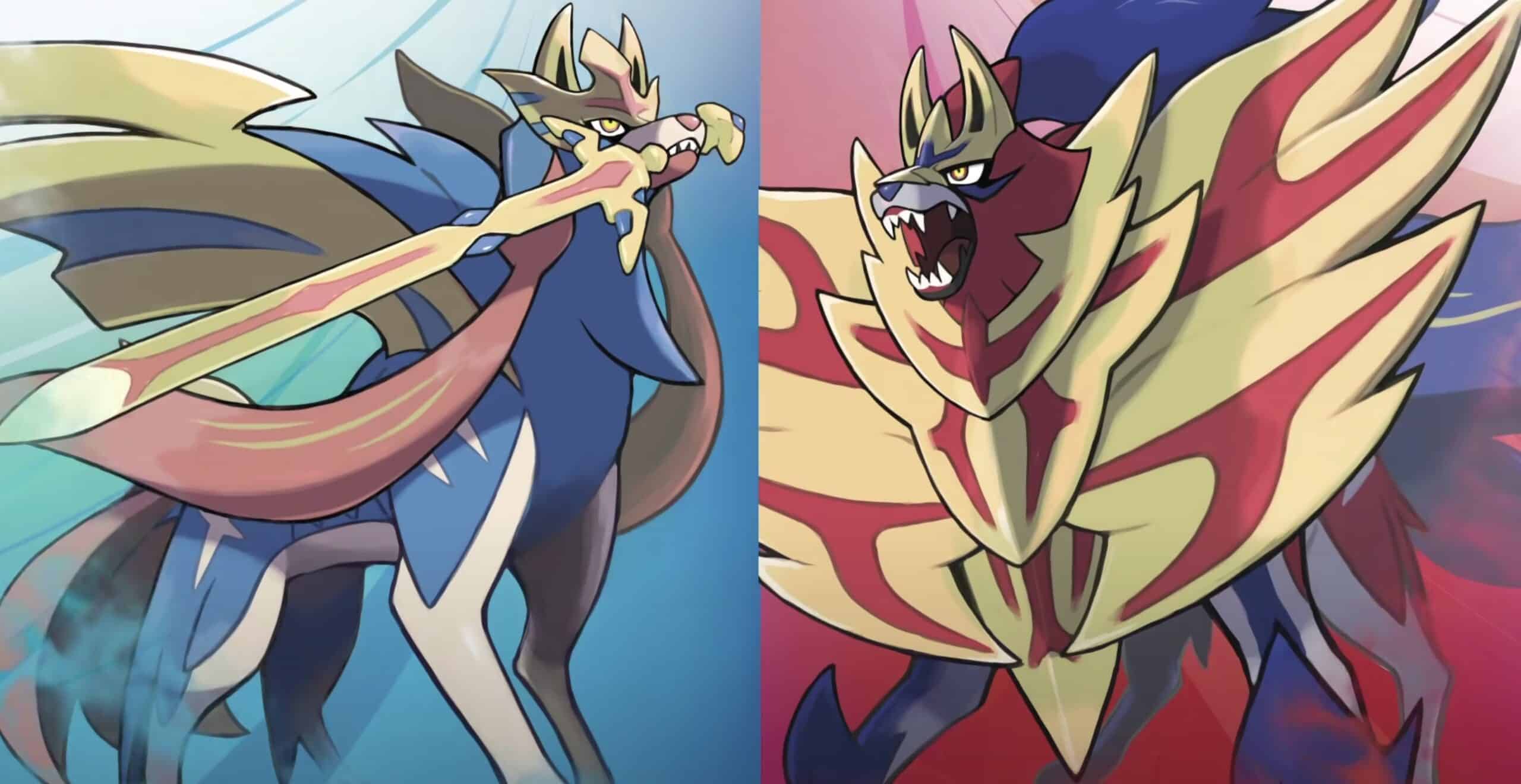Pokémon is one of the best-selling gaming franchises for decades. Since Pokémon Green and Red debuted in Japan in 1996, the franchise has been a go-to for family-friendly content. It appeals to people of all ages and possesses a strong nostalgia factor. Nearly 30 years have passed since the first game hit the market, yet Pokémon shows no signs of slowing down. Several games have debuted in the last couple of years. Brilliant Diamond, Shining Pearl, Scarlet, Violet, and Arceus are among them. Each has something special about it, but none have gotten fans talking quite like 2019’s Pokémon Sword and Shield.
Pokémon Sword and Shield introduces players to Generation 8 on the Nintendo Switch. As far as consoles go, the Switch is a no-brainer for parents with young children. That said, many households own a Switch thanks to classic titles like Super Mario, Animal Crossing, and, of course, Pokémon. As far as Pokémon games go, Sword and Shield are innovative games for the franchise. They received some rather harsh criticism, especially about their DLCs, but they also brought many old fans back.
While there are elements of Sword and Shield that deserve the pushback from players, there are also many reasons to give the games a shot. Sword and Shield delivers an immersive experience that reunites many players with the magic of their childhood. The sales of these two games outsold every other Pokémon game on launch day, and for good reason.
1. Pokémon Sword & Shield Blend Classic Pokémon With Modern Gaming
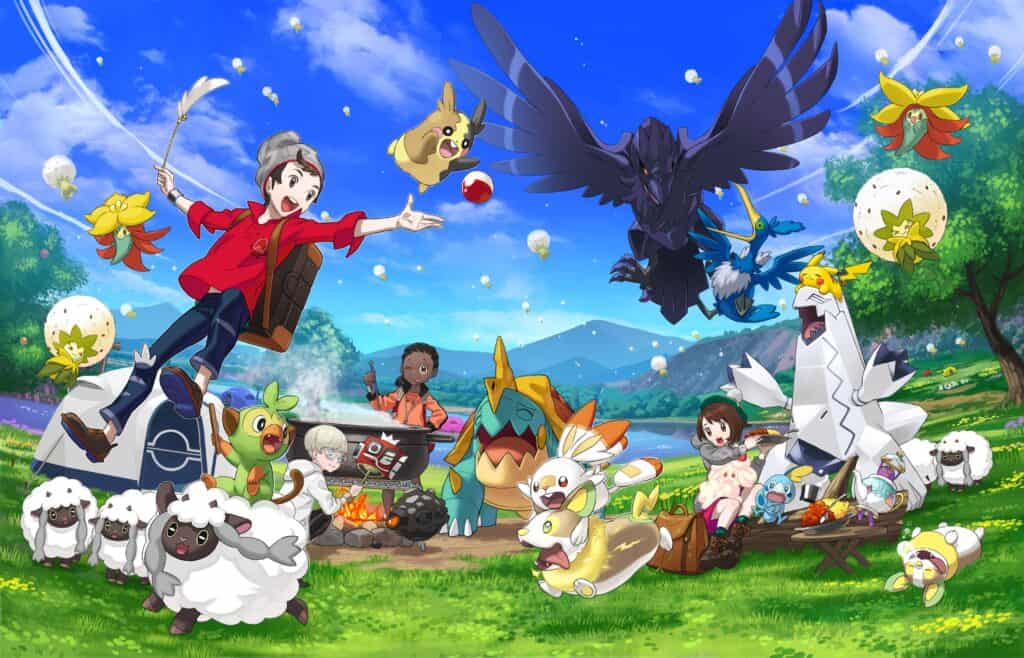
©GOLIN/[email protected]
What makes Pokémon Sword and Shield appeal to gamers is how well the games blend the classic nostalgia of Pokémon with modern gameplay. All of the classic Pokémon elements are there. At heart, the games are about collecting Pokémon and training them to be the best they can be. Some players like to play through the game authentically, focusing on building their starter so it can endure to the end. Other players may choose to farm for better Pokémon as they go about their journey.
Of course, Pokémon has more elements than just collection and training. Most games focus on a championship that the trainer has to prepare for. This includes battling other trainers, squaring off against the main rival, and, of course, defeating gym leaders. The main goal of most Pokémon games is simple, to become the very best (that no one ever was).
Sword and Shield have all of those elements. When trainers explore the Galar region, everything feels like it should. Nothing clashes so badly with the Pokémon style that it suddenly feels like it’s been removed from the world of Pokémon. That said, Sword and Shield both offer a modern gaming experience woven throughout the nostalgic feel of the older games. There’s an open-world exploration mechanic littered with secrets to find hidden in every corner. The graphics are bright and colorful, and bring the Pokémon to life in a way older games couldn’t. The old pixilated graphics rarely allowed for Pokémon to appear outside of battle, but in Sword and Shield, they roam freely.
Above all else, the game is extremely customizable in many ways. Players can upgrade and exchange their gear for better outfits and bikes. They get to create a main character (MC) rather than play a predetermined character made for them. There are great accessibility options not available in older games. Players can even utilize Casual Controls that will make playing the game much easier. Casual Controls allow players to play one-handed if they want. Players are also able to adjust the difficulty to their personal preferences.
2. Players Can Bond With Their Pokémon
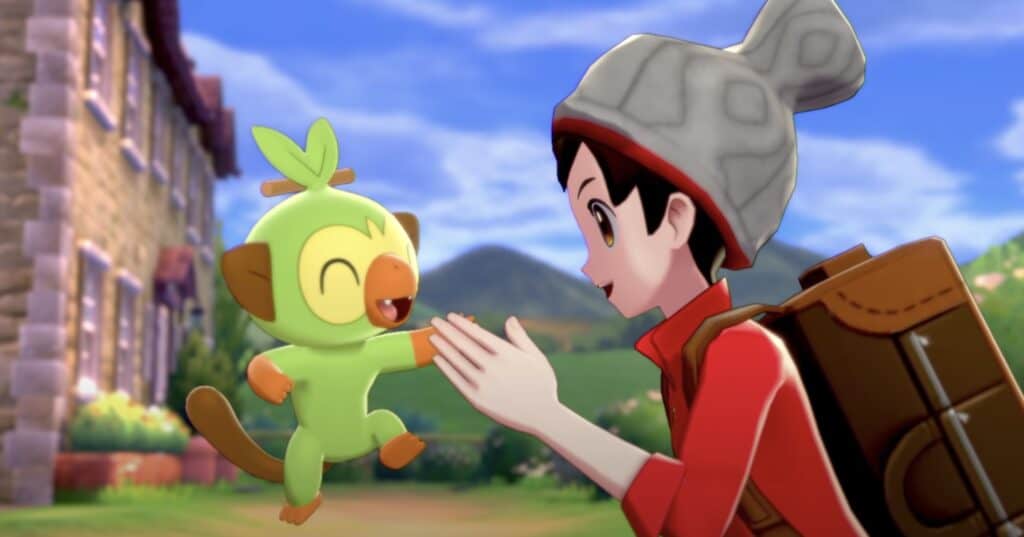
One of the simplest mechanics in Pokémon Sword and Shield is the ability to bond with the Pokémon the player decides to train. Naturally, every Pokémon game fixates on the idea of raising the Pokémon and training them for battle, but Sword and Shield take it one step further. In these games, players have multiple ways in which they can bond with their Pokémon. This allows them to build trust with their Pokémon and even become friends with them.
This helps ease the feeling that the trainer is taking advantage of the Pokémon in their care. Some fans have always pointed out how horrible it is to capture Pokémon against their will and then force them to fight. These simple bonding mechanics help address and soothe that guilt because they aren’t just there for battle, they become the trainer’s companions.
Trainers can set up camp and cook for the Pokémon in their party. They can also play different games with their Pokémon to keep them active and cheer them up. Players can give their Pokémon the Soothe Bell, which helps the trainer gain friendship with their Pokémon faster. At the end of the day, these mechanics are small details at best, but adding them in lured a lot of Pokémon lovers to the game. They get to be proper caregivers and friends to their favorite Pokémon, which is all some trainers ever want to be.
3. The Open World Exploration Is Breathtaking

Open-world exploration has always been a huge part of the Pokémon games. Unfortunately for older games, a lot of that exploration ended up being hours of frustration. Navigating older maps is cumbersome and it’s easy to get lost while hunting for Pokémon or even finding the next area. This creates a dilemma for players who enjoy the game but find the vast expanse of the Pokémon world overwhelming.
Sword and Shield don’t suffer from this problem. While it’s easy to get lost in hours of exploration, it’s likely not due to having no idea where in the game you are. Instead, there are many interesting things to do in the wild that have nothing to do with the main story. There are plenty of secrets to uncover. The game is littered with Easter eggs and little side plots that help develop the Galar region, which is based on Great Britain.
Beyond that, there are plenty of interesting items to collect out in the open. Players will find many useful things to collect from Pokéballs and potions to ingredients to make Pokémon curry. Sword and Shield also feature respawning items. This means that once players collect items in a specific area, there are still new items to find there once they respawn. That was not always the case for older Pokémon games, which give a limited number of items in the world to discover.
All of that pales in comparison to the Pokémon encounters, though. Sword and Shield have random encounters that are similar to the traditional style of roaming around in the grass. The games kick it up a notch by having Pokémon explore the wilds alongside the players. This means that any Pokémon, no matter how big or small, has the potential to cross paths with the trainer. It’s exciting to randomly see a Gyarados wandering around by a lake. Players should be careful, though. If they get too close to a Pokémon they’re too under-level for, they’ll regret it.
4. Many Ways to Collect & Trade
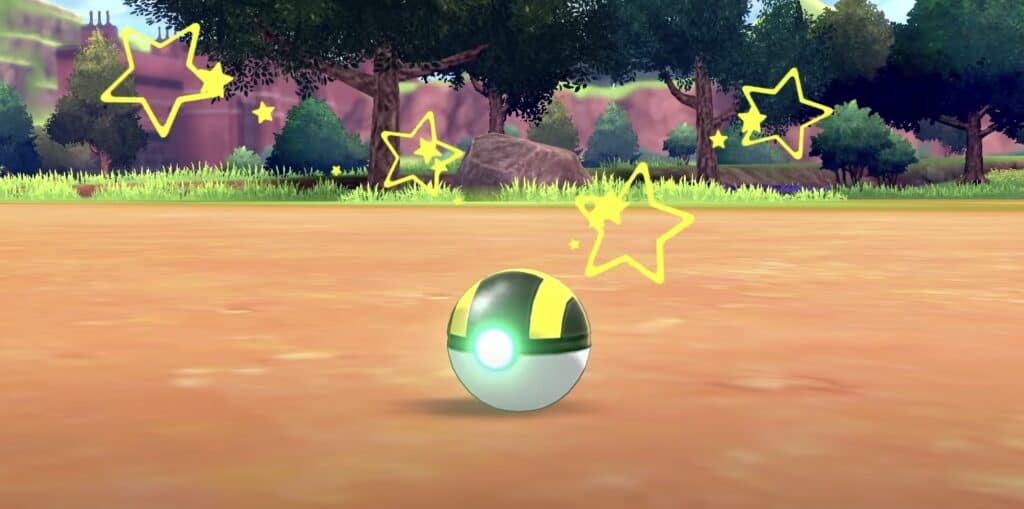
Pokémon has always possessed multiple ways of obtaining highly sought-after Pokémon, but Sword and Shield makes it even easier. Naturally, the easiest way to get Pokémon is to play the game. As players advance through the story, even if they keep their open-world exploration to a minimum, they will come across plenty of opportunities to catch and train wild Pokémon. Many players see it as a challenge to complete the Pokédex by grinding the game for every single Pokémon available.
That said, there are other ways players can get the Pokémon they want. Long-term players are likely familiar with trading Pokémon with their friends. Back in the day, players needed to be close enough to connect their Game Boy devices with a cord that would allow them to trade Pokémon. Most will remember how cumbersome this was, mostly due to how prone the technique was to fail. Now players can trade Pokémon from far greater distances by simply using the Online feature. Players can sync with random people to propose a trade, or they can find a specific person for a planned meet-up. This method is much more successful and convenient than old-school trading.
On top of how easy it is to trade in-game, Sword and Shield are also compatible with Pokémon Home, an app allowing players to store their Pokémon from multiple games in one place. This allows players to store every Pokémon they care about in one place from games like Sword, Shield, Brilliant Diamond, Arceus, and even Pokémon Go. This means when a player picks up a new game, they can transfer their saved Pokémon into the new game as long as it’s compatible with Pokémon Home.
5. The Difficulty Provides Variety for Every Player
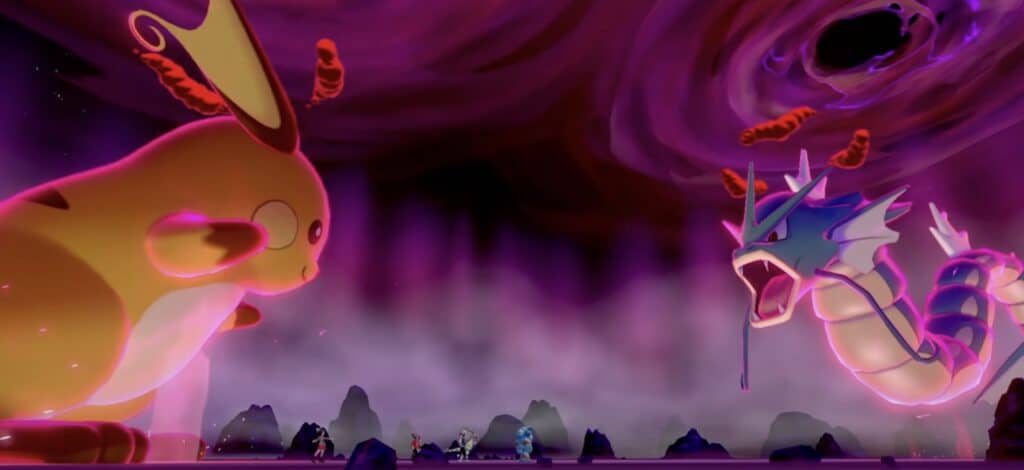
Pokémon Sword and Shield aren’t easy games by any stretch of the imagination. Anyone who picks up the game still has to put in the work to make it through the story and ultimately come out on top. That said, the game is easier than some of the classic games. A dedicated player can get through the main story in a couple of days with no problem. For many Pokémon fans, this is a great update. They can enjoy the game without all of the frustration of the endless grind that many older Pokémon games relied on. For others, they think Sword and Shield is too easy.
Toeing the line of providing a challenge that won’t scare away casual gamers has become the bane of modern developers. How do they keep hardcore players interested without scaring off people who are just looking for a good time? The answer is simple. Allow the player to choose their difficulty, so they have complete control over their gaming experience. For those who only care about the story and want to have a relaxing time, they can play the game as it’s intended. This provides enough challenge to be interesting, but won’t cause any huge delays in progressing forward.
Unfortunately, there isn’t a way to simply select “hardcore mode” like many modern games offer. These days, players usually have a say in the level of difficulty of games, especially if they’re solo, story-focused games. Sword and Shield do not have that, but they do have the ability to change between “switch battle style” and “set battle style.” Switch battle style will prompt the player to change their Pokémon after they’ve defeated an enemy Pokémon. This gives the player an advantage by changing out to a Pokémon that hasn’t taken damage or a Pokémon that’s better suited to face off against the rest of the enemy’s roaster. Set battle style removes the prompt of changing out the player’s Pokémon, which forces the battles to commence much more similarly to a classic Pokémon game.
The difference in switching from “switch battle style” to “set battle style” is surprisingly noticeable. It sounds like a relatively small change, but it ups the difficulty of the game quite a bit. Selecting “set battle style” isn’t for the faint of heart.
